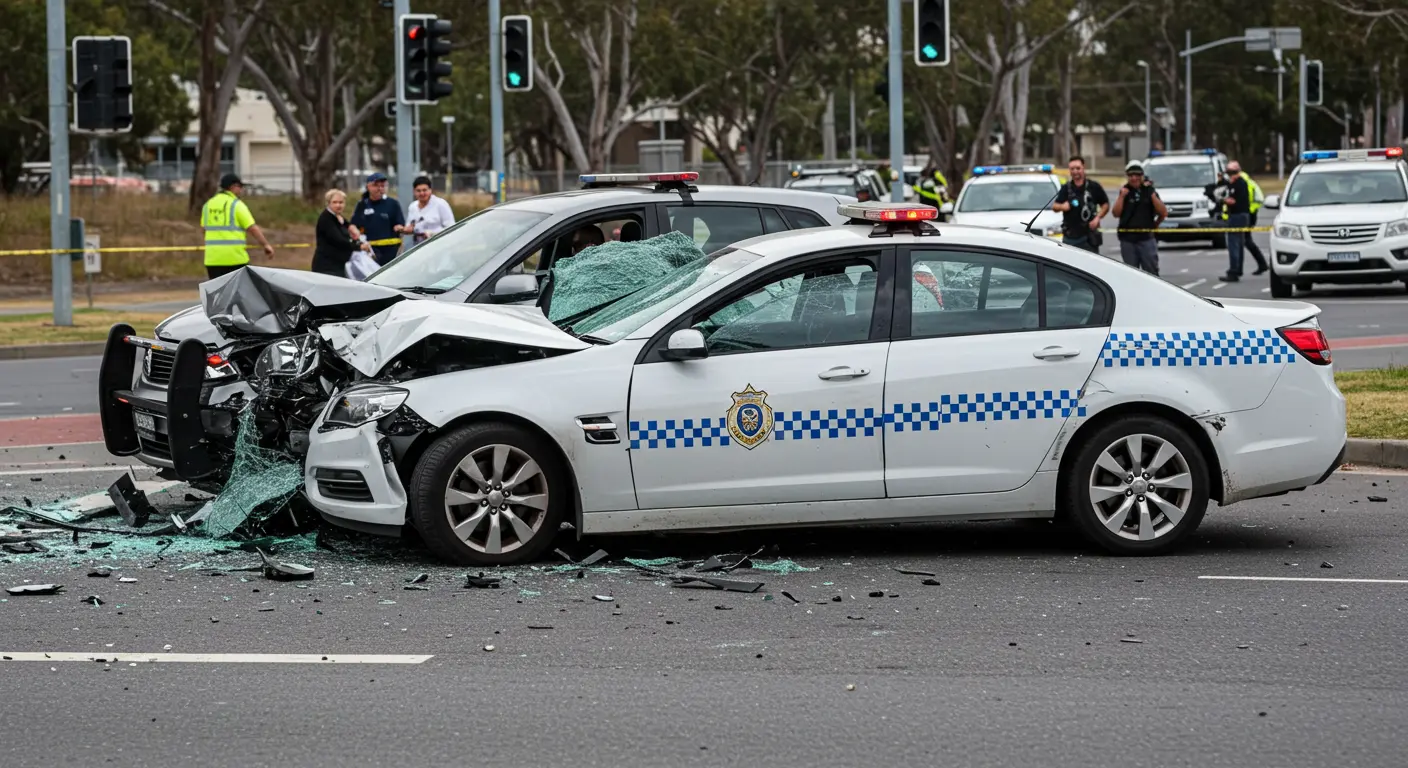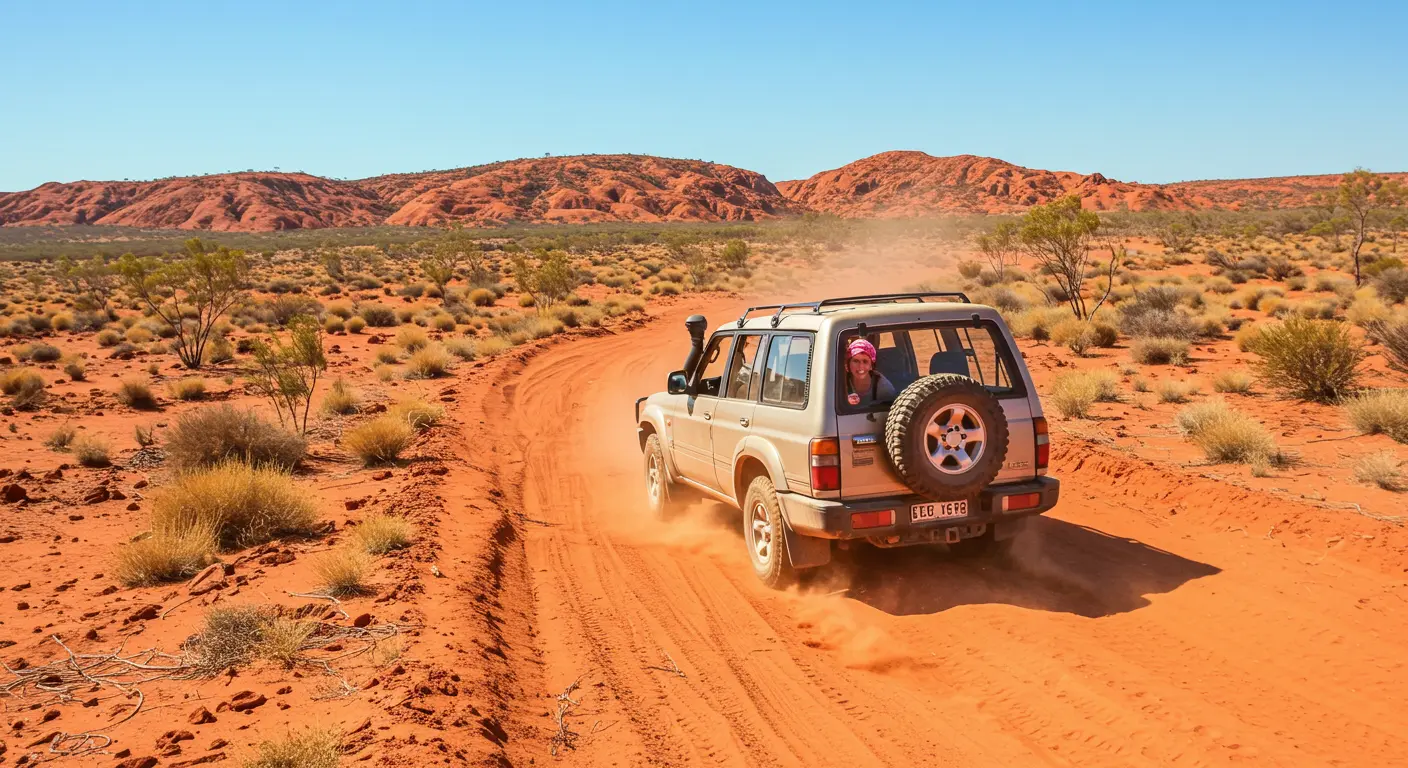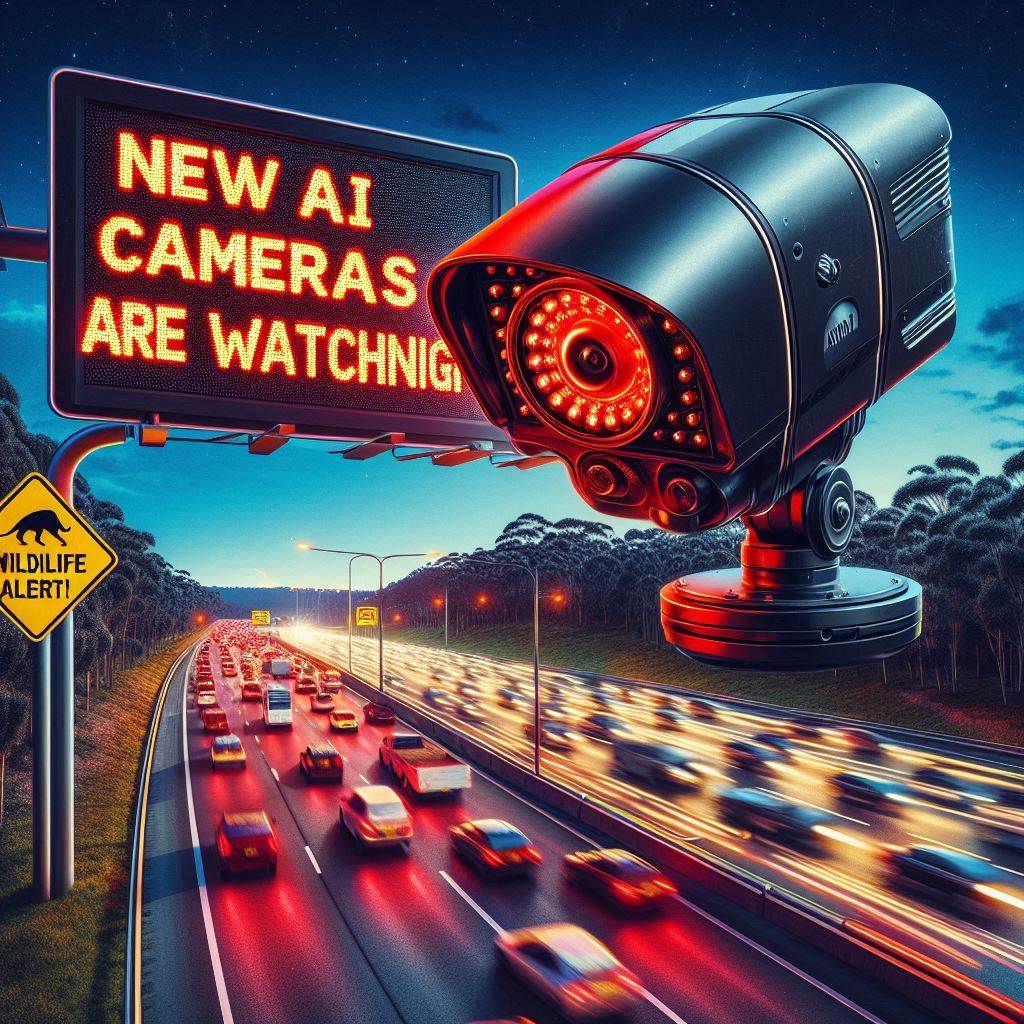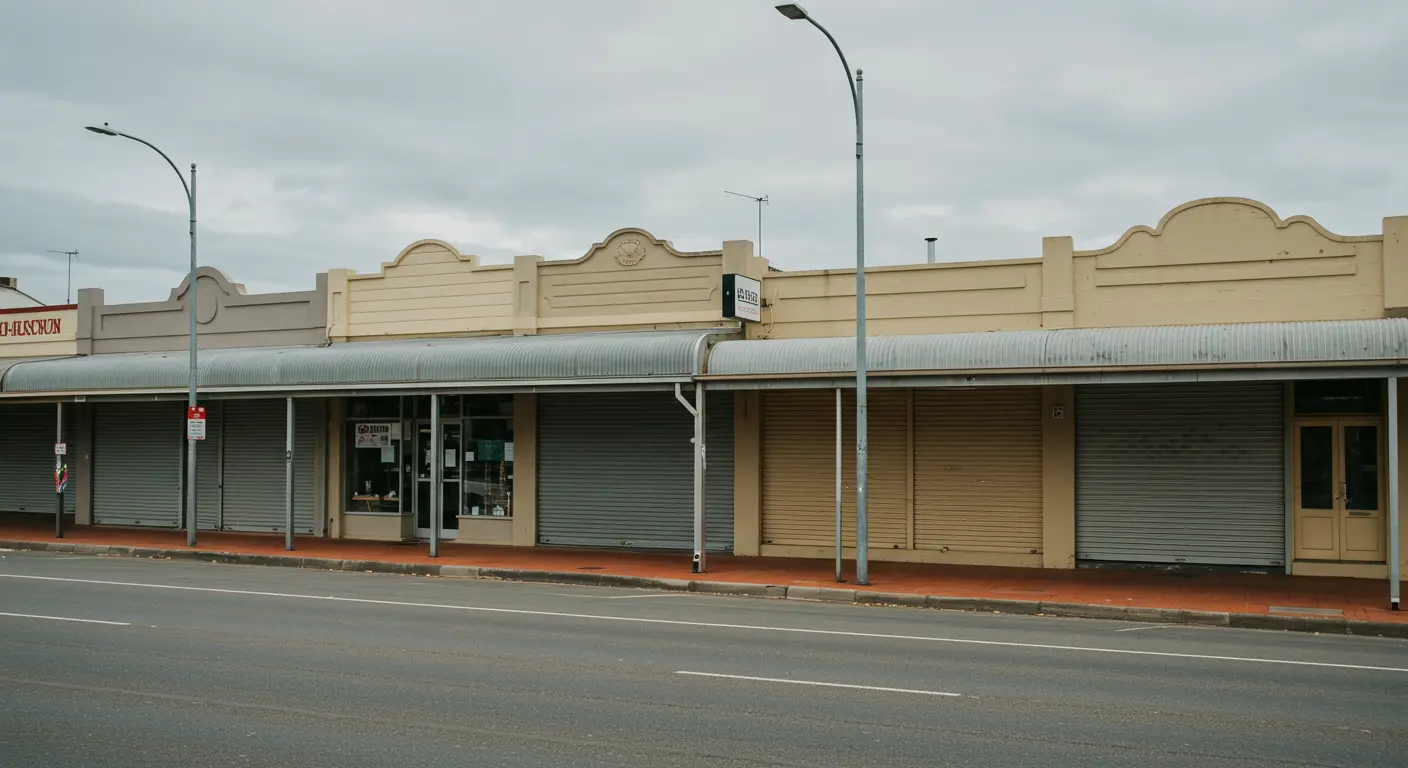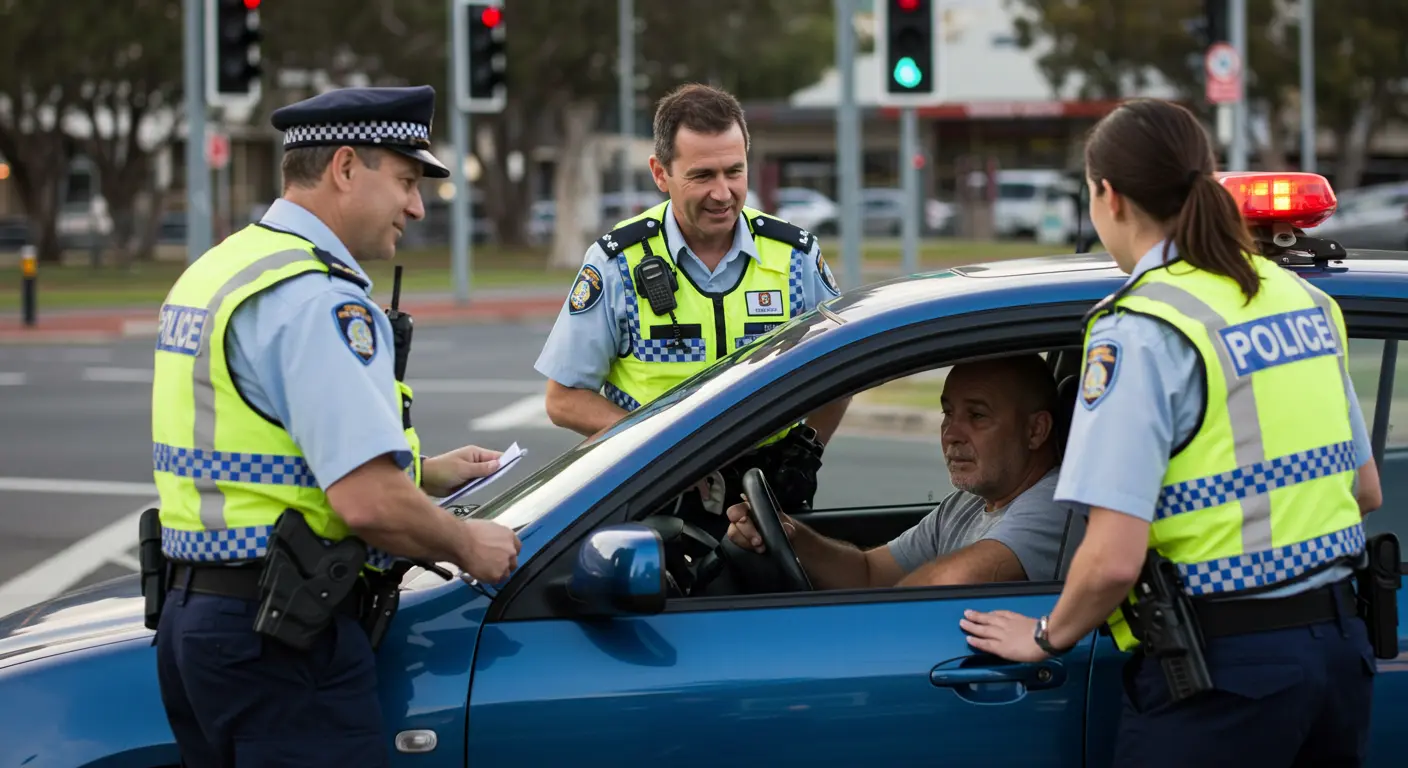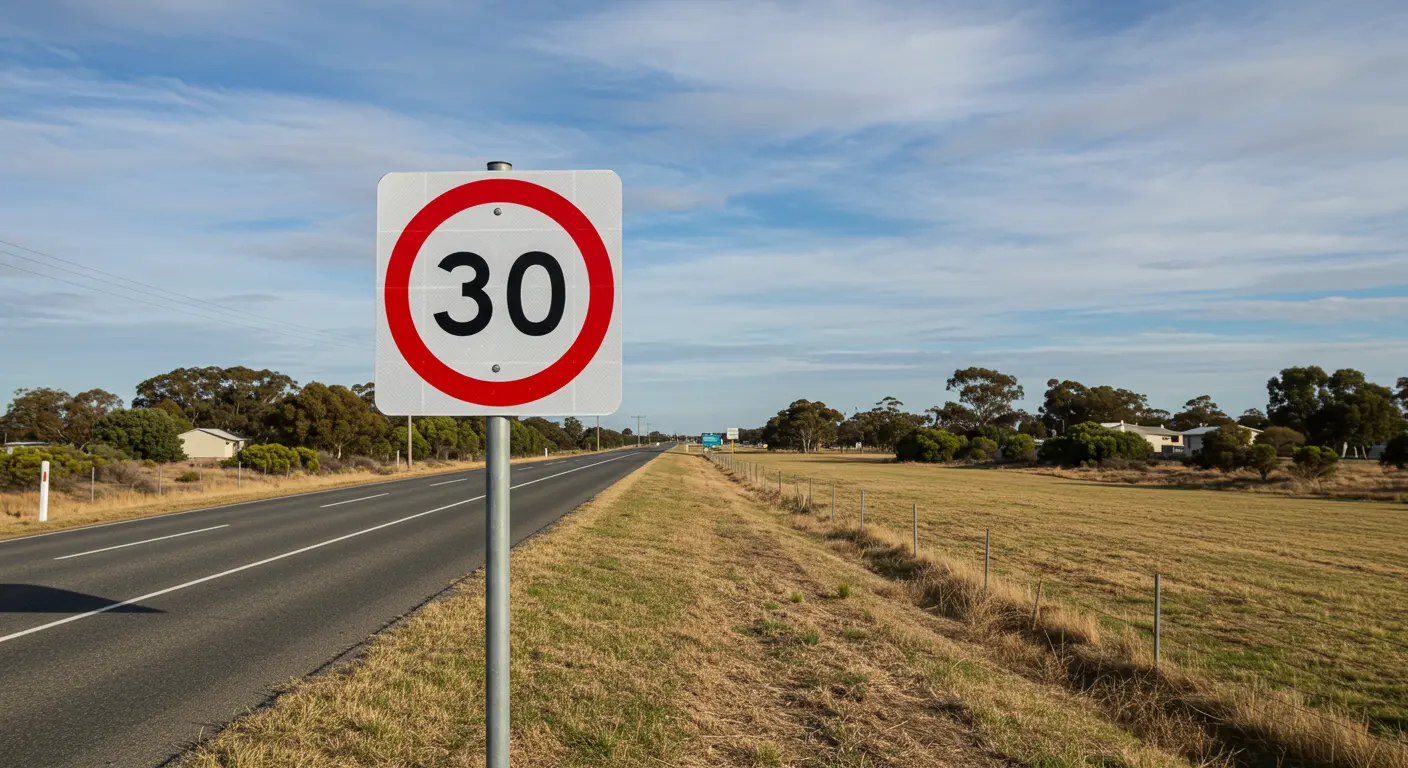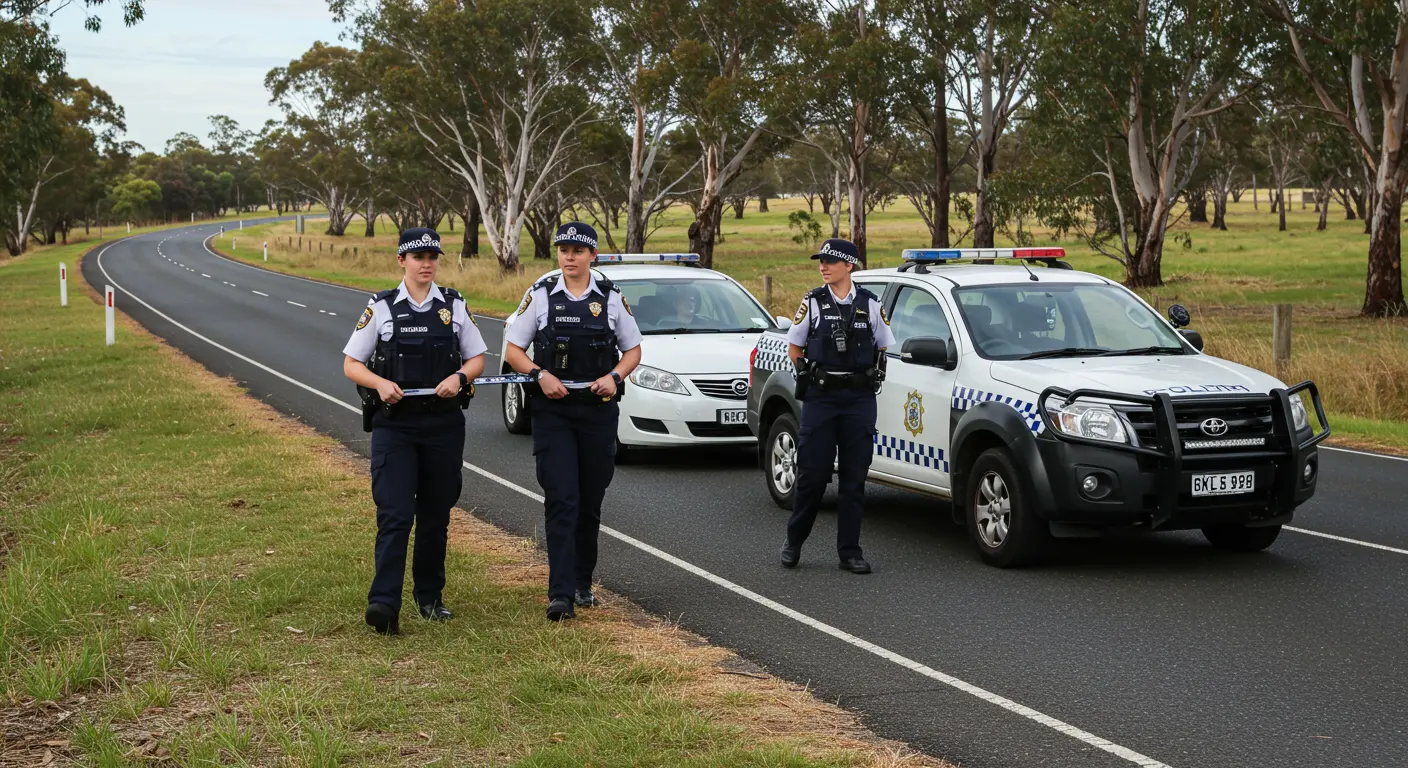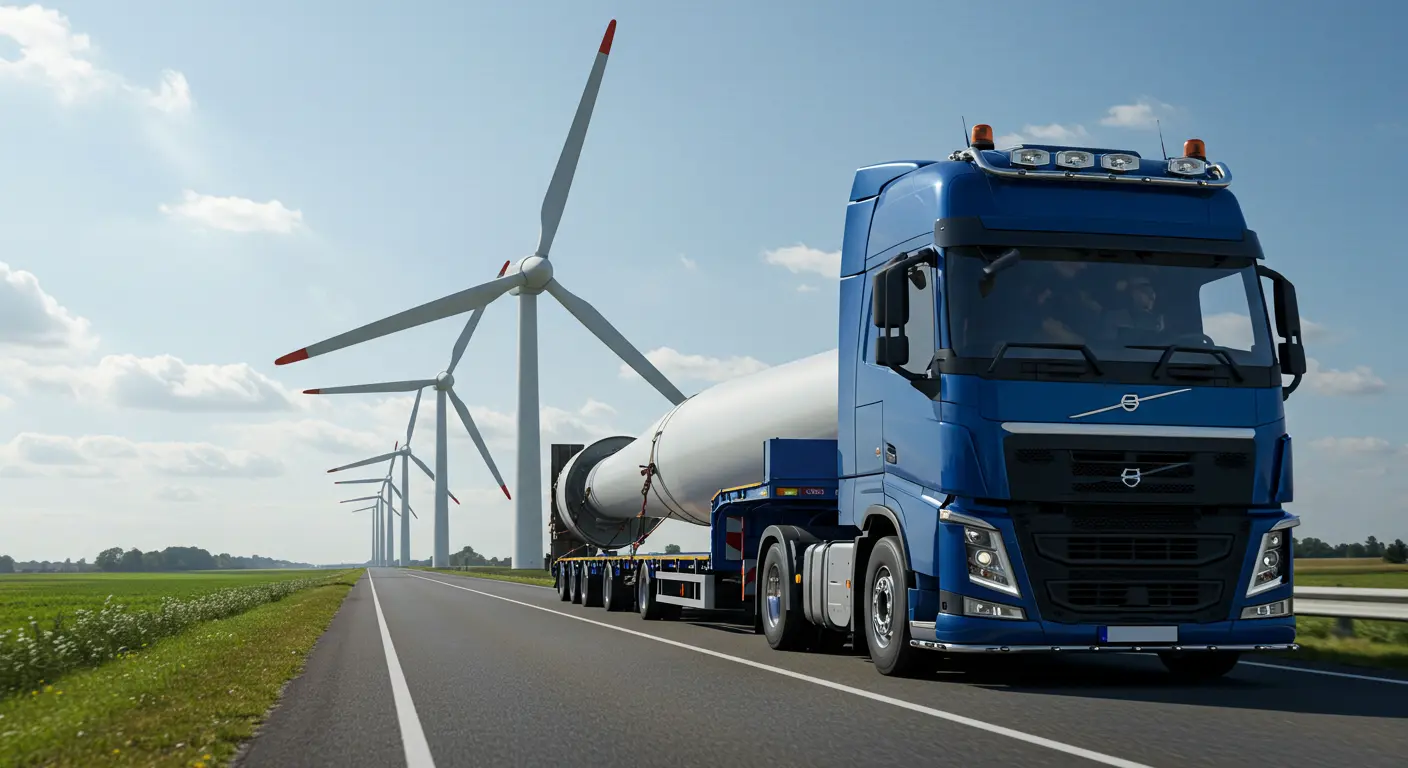The Minns Labor Government has announced the rollout of two innovative technology trials aimed at improving road safety and reducing the number of wildlife-related vehicle collisions across New South Wales, particularly involving koalas, kangaroos and wombats.
Delivering on a $500,000 election commitment, the trials are being coordinated by Transport for NSW in partnership with wildlife experts, road engineers, and safety specialists. The initiative seeks to address the increasing frequency of wildlife strikes on both urban and regional roads, with a strong focus on areas identified as wildlife hotspots.
Key Trials Underway
The first trial will test the effectiveness of light-coloured pavement in improving wildlife visibility for drivers. Conducted at the Future Mobility Testing and Research Centre in Cudal, the trial will assess whether lighter road surfaces enhance a driver’s ability to detect animals under various lighting and speed conditions.
The second trial involves the use of Artificial Intelligence-assisted animal detection systems. These systems, tested at Transport for NSW’s Yennora facility in Western Sydney, will train AI cameras to recognise common native species such as koalas, kangaroos, and wombats. When animals are detected, the system will activate smart roadside signage to alert drivers in real time, allowing them to slow down and prevent collisions.
Additional Safety Measures
Complementing the trials are a range of new wildlife safety features being implemented across the state:
- Koala zone road markings: New signage along Appin Road in Sydney’s southwest will mark known koala hotspots, using distinctive koala outlines and “slow” markings to improve driver awareness.
- One-way koala escape doors: Installed in several areas including the Hume Highway near Wilton and the Nepean and Moolgun Creek bridges, these doors allow koalas to safely exit road corridors but prevent re-entry into traffic zones. Additional installations are planned for Appin Road near Gilead and other locations across southwest Sydney.
- Timber pole escape structures: These existing structures will continue to be deployed alongside new solutions to improve safe crossings and reduce road mortality rates for native species.
Government Response
Minister for Roads John Graham emphasised the significance of the initiative:
“Wildlife vehicle strike is a serious road safety issue, as well as impacting badly on our native fauna. Protecting our wildlife along busy transport corridors and in rapidly growing communities is a real challenge, but these trials mark a step forward.”
Minister for Regional Transport and Roads Jenny Aitchison highlighted the scale of the issue:
“With over 220,000 kilometres of public roads in NSW, reducing wildlife collisions requires a coordinated, innovative approach. These trials reflect our commitment to finding effective, evidence-based solutions."
Local Member for Campbelltown Greg Warren stressed the importance of targeted measures along key corridors like Appin Road, while Animal Justice Party MLC Emma Hurst praised the proactive work being done in collaboration with animal welfare groups.
Wildlife Impact Data
According to BioNet data collected between 2013 and 2024, kangaroos are the most frequently reported species involved in vehicle collisions, followed by wallabies, wombats and possums. Koalas represent the most reported vehicle strikes among all threatened species.
Transport for NSW continues to work with the Department of Climate Change, Energy, the Environment and Water under the NSW Koala Strategy to identify and prioritise areas requiring urgent intervention.
These trials mark a significant step toward integrating technology with environmental preservation and road safety objectives, aiming for long-term solutions that benefit both motorists and native wildlife across the state.
